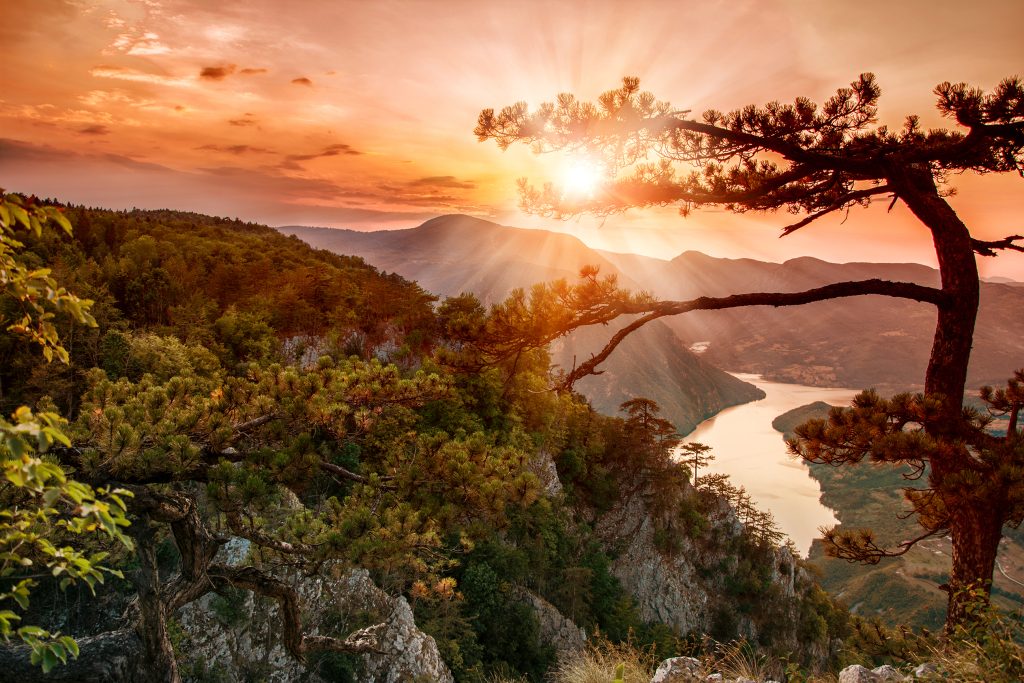Kopaonik Overview
Kopaonik National Park, or Национални парк Копаоник in Serbian, is a breathtakingly scenic protected area in southern Serbia, encompassing 46.36 square miles (120 square kilometers) of mountainous terrain.
Located along the Kopaonik Mountain range, it is situated near the country’s border with Kosovo. Established in 1981, this national park preserves an array of natural beauty and biodiversity while serving as one of the premier outdoor destinations in Serbia.
The terrain of Kopaonik National Park is defined by rugged peaks, rolling plateaus, and steep valleys. The Kopaonik Mountain, the highest peak in the park, stands at 6,617 feet (2,017 meters) and is known as Pančić’s Peak, named after Serbian botanist Josif Pančić. The park is adorned with dramatic gorges, clear mountain streams, and picturesque waterfalls, including Jelovarnik Waterfall, Serbia’s tallest at 230 feet (70 meters).
Rich with lush vegetation, Kopaonik is home to diverse forests of beech, fir, spruce, and oak trees, interspersed with vibrant wildflower meadows that bloom spectacularly during spring and summer. In the higher altitudes, subalpine and alpine vegetation dominates, creating a unique mosaic of ecosystems.
Wildlife in Kopaonik National Park is equally remarkable, offering nature enthusiasts an opportunity to spot a variety of species. Among the mammals, visitors may encounter European brown bears, roe deer, red foxes, wild boars, and elusive lynxes.
The park also boasts a wealth of bird species, making it a birdwatcher’s paradise. Golden eagles, peregrine falcons, Eurasian woodpeckers, and a variety of owls are just some of the avian residents found within its boundaries. Amphibians and reptiles, such as fire salamanders and European green lizards, add to the park’s rich biodiversity.
Kopaonik is widely recognized for its year-round appeal, with some of its most popular features being the winter ski resort and its extensive network of hiking trails. In the colder months, the park transforms into a hub for skiing, snowboarding, and other winter sports, centered around the ski resort near Pančić’s Peak.
During the warmer seasons, the park becomes a haven for hiking, mountain biking, and nature photography. Numerous trails lead visitors through scenic forests and up to panoramic viewpoints, offering stunning vistas of the surrounding mountain range.
Conservation efforts in Kopaonik National Park have been focused on protecting its fragile ecosystems and biodiversity, though challenges persist. Urbanization, illegal logging, and the growing tourism industry pose threats to the park’s natural environment. However, active management by the park authority, combined with environmental education programs and partnerships with local communities, has led to successes in preserving its flora and fauna.
Reforestation projects and stricter regulations on tourism development have further bolstered these efforts, ensuring that the park remains a vital refuge for Serbia’s wildlife and natural heritage.













































































